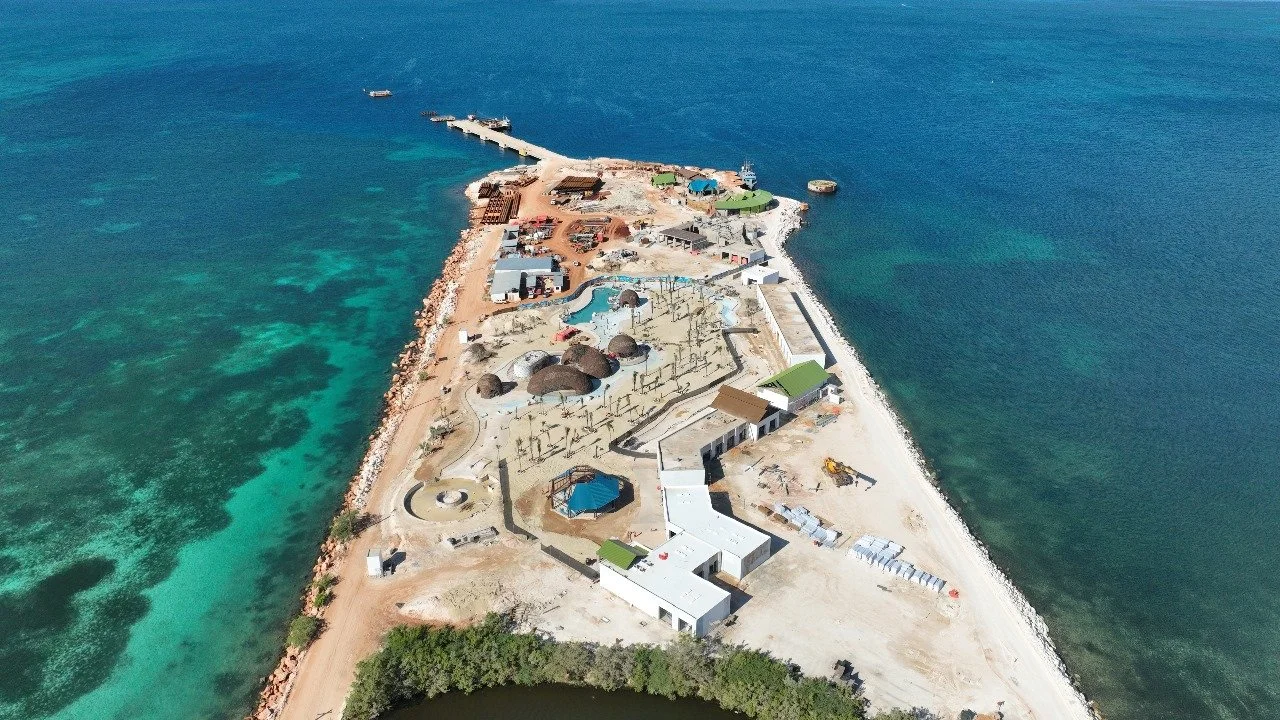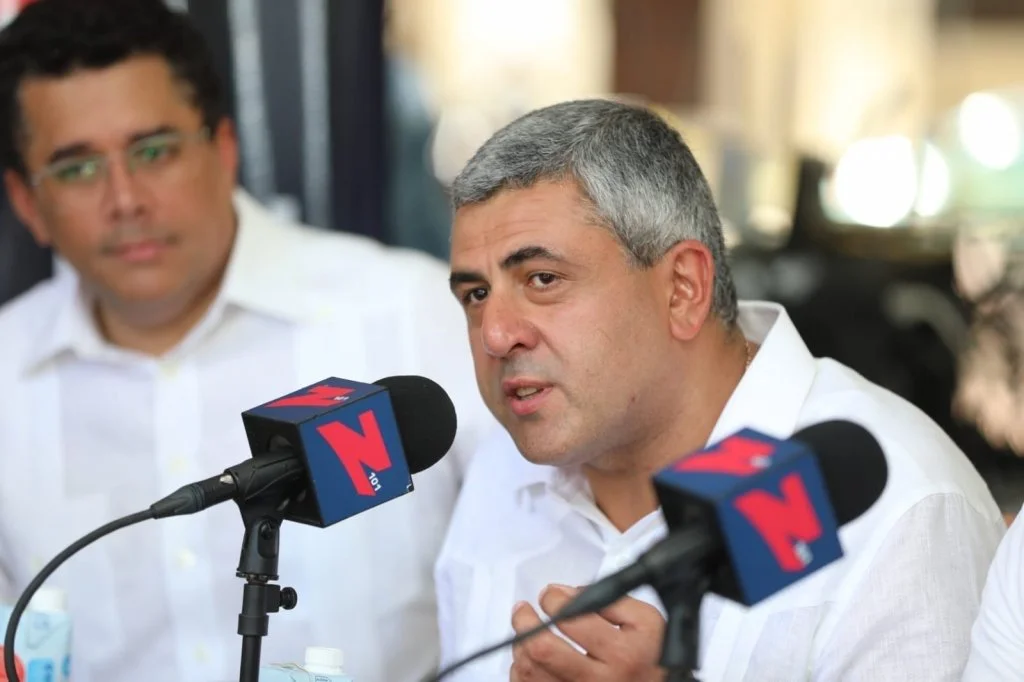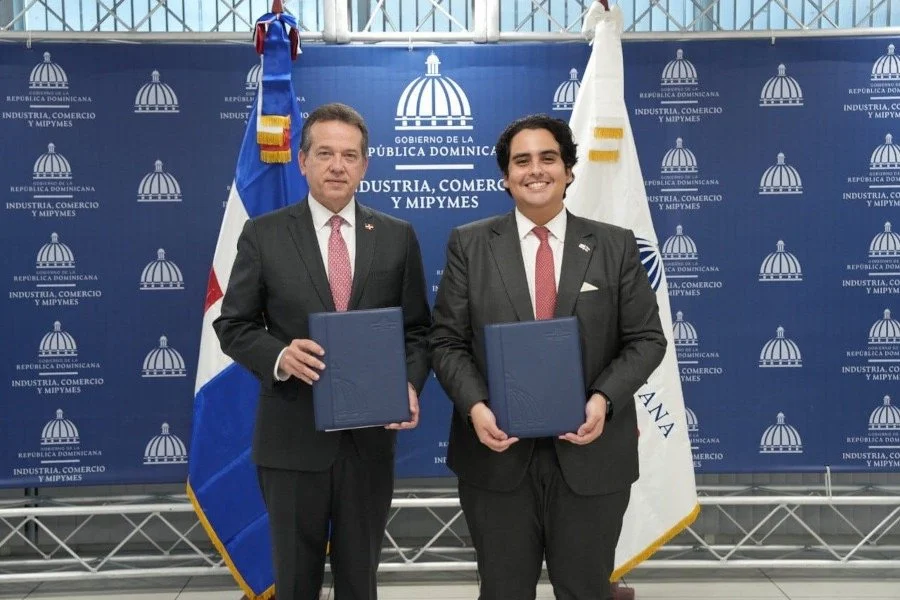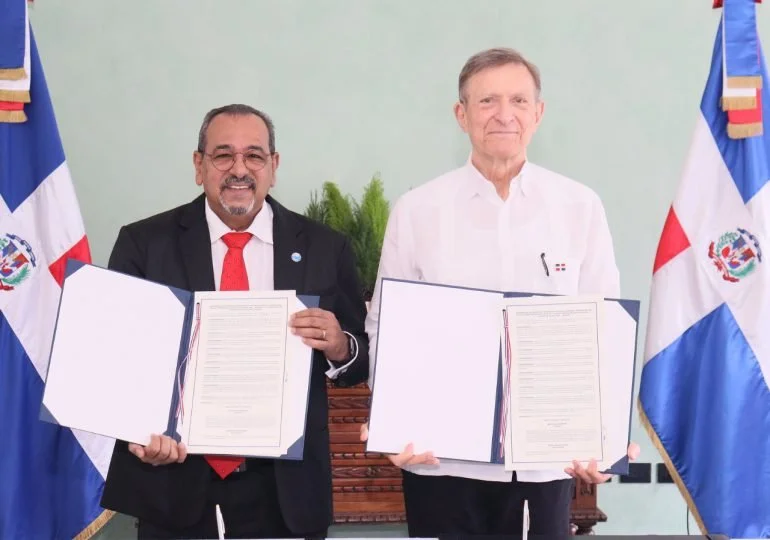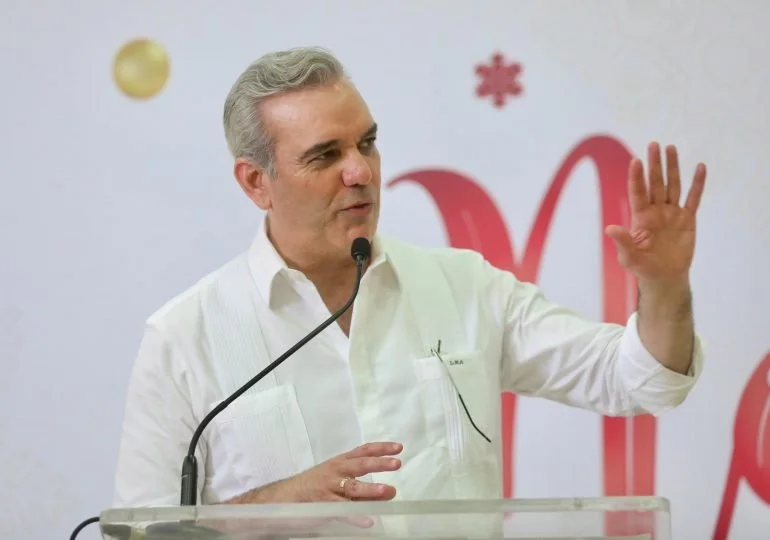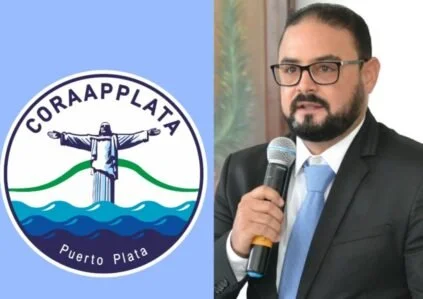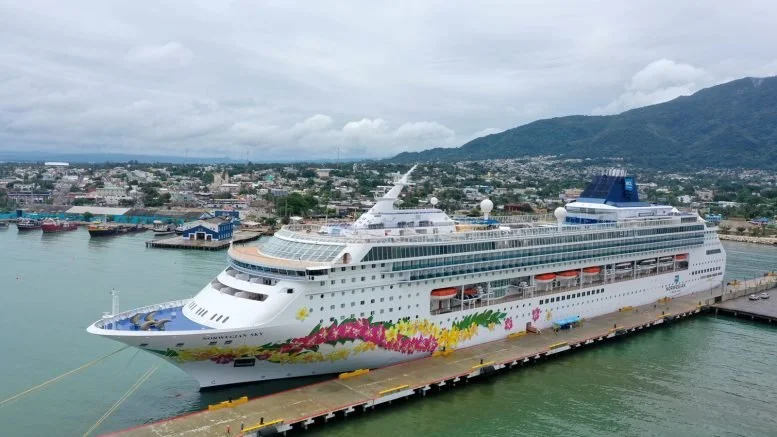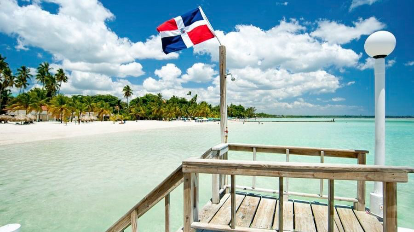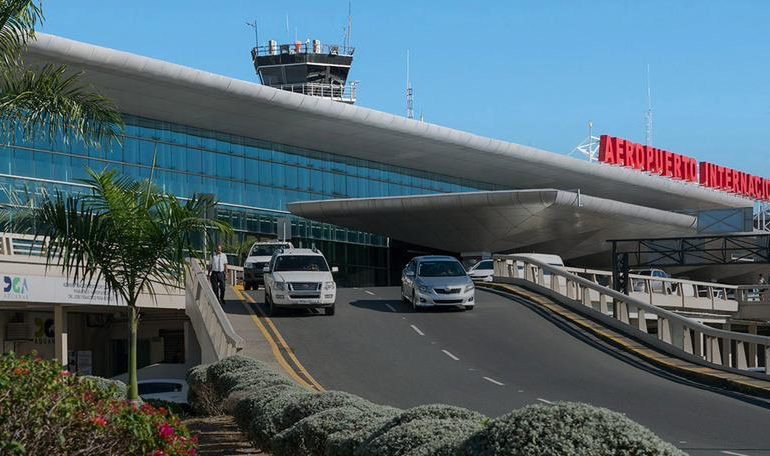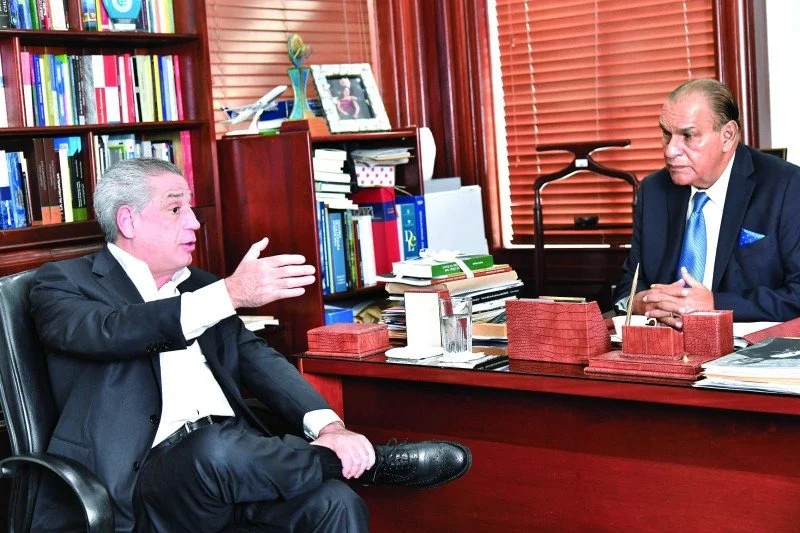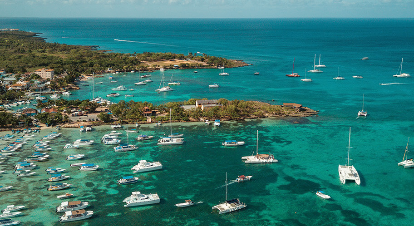Puerto Plata—The Government yesterday put into operation the bridges of Sabaneta, over the Camú River, in La Vega, and El Cangrejo, in Puerto Plata, built with an investment of RD$703 million and which are estimated to have an impact on the development of tourism and agricultural production in the northern region and will facilitate and speed up transportation.
The ministers headed the ceremony were Deligne Ascención of Public Works and José Ignacio Paliza, Administrative of the Presidency, and the provincial governors of La Vega, Luisa de la Mota and Hermanas Mirabal, Lisette Adames.
At the inauguration of the Sabaneta bridge, Ascención explained that this work was executed with an investment of RD$240 million and that the old metal bridge was replaced in 1934 by Rafael Leonidas Trujillo Molina.
The project has a metallic structure and reinforced concrete, with a length of 98 meters, two cantilevers of 10 meters of lateral supports in reinforced concrete, and approaches that connect with the existing road on both sides of the bridge.
It also has a central span in metal box girder type of 0.90 by 1.80 meters, with a reinforced concrete slab of 50 meters long and a roadway width of 10.70 meters, horizontal and vertical signaling.
“This work is fundamental for the inhabitants of the Hermanas Mirabal province and has an extraordinary impact on the municipality of Villa Tapia, which is considered one of the main banana producers in the region, with a total of 87,000 tareas planted, in addition to producing cassava, sweet potato, rice, corn, vegetables, among other agricultural products. Its inhabitants are also engaged in poultry, cows and pig production”, said Ascención.
The Government also left in operation the El Cangrejo bridge, which connects Puerto Plata, the Gregorio Luperón International Airport, and several tourist centers in the area, such as Sosúa, Cabarete, and Montellanos, which was built with an investment of RD$463 million 264 thousand.
The ceremony was led by the administrative minister of the presidency, José Ignacio Paliza, Senator Ginette Bournigal, and the governor, Claritza Rochet, among others.
He explained that the El Cangrejo bridge is a structure with a design adapted to the new construction technologies, which gives flexibility and strength to this type of building to support heavy loads and general road mobility.
Its length is 95 meters, including approaches, and the width is 19.8 meters for four lanes and 3.65 meters for the two pedestrian walkways and protective railings. It has a combination of post-tensioned concrete beams and steel beams resistant to corrosion by oxidation since it is close to the sea and has 20 support piles in each abutment.
The delivery of these bridges received the support of the community and civil society because they facilitated the transfer of products and the flow of people.



